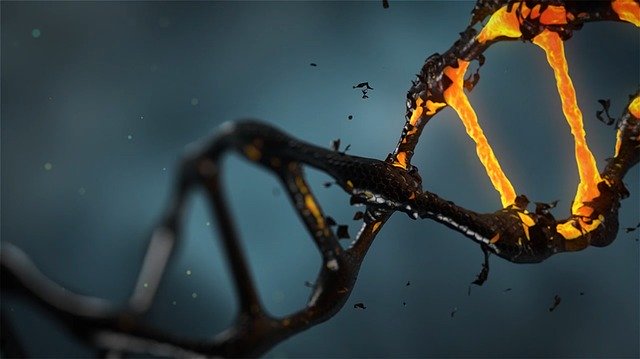
All organisms depend for survival on the ability to copy their genetic information and pass it on from one generation to the next. However, cellular DNA is constantly damaged by the action of natural factors, such as ultraviolet radiation, and those produced by man such as industrial pollutants.
An international research team, made up of the Ikerbasque researcher and director of the Biofisika Institute (CSIC -UPV/EHU mixed center) Iban Ubarretxena, has discovered how the DNA enzyme polymerase zeta works, which plays a crucial role in allowing eukaryotic cells to face the injuries in their genomic DNA. For this, the research team has solved the atomic structure of this enzyme using a revolutionary technique based on cryo-electron microscopy.
"The structure provides a unique framework to understand the role of this enzyme in protecting the cellular genome from numerous metabolic and environmental attacks.", Explains Dr. Ubarretxena.
In a study published in Nature Structural & Molecular Biology, the team also reported that the structure of zeta DNA polymerase could also provide valuable information for the future treatment of patients affected by cancers such as lung, prostate and ovary, which often become resistant to chemotherapy based on cisplatin and similar compounds. Actually, cisplatin works through its ability to damage the DNA of tumors, and tumors use zeta DNA polymerase to build resistance to these injuries and survive. Therefore, blocking or inhibiting the function of this enzyme would make these cancer cells more susceptible to the therapeutic effect of chemotherapy.
Link to the scientific publication: https://www.nature.com/articles/s41594-020-0476-7
.png)
